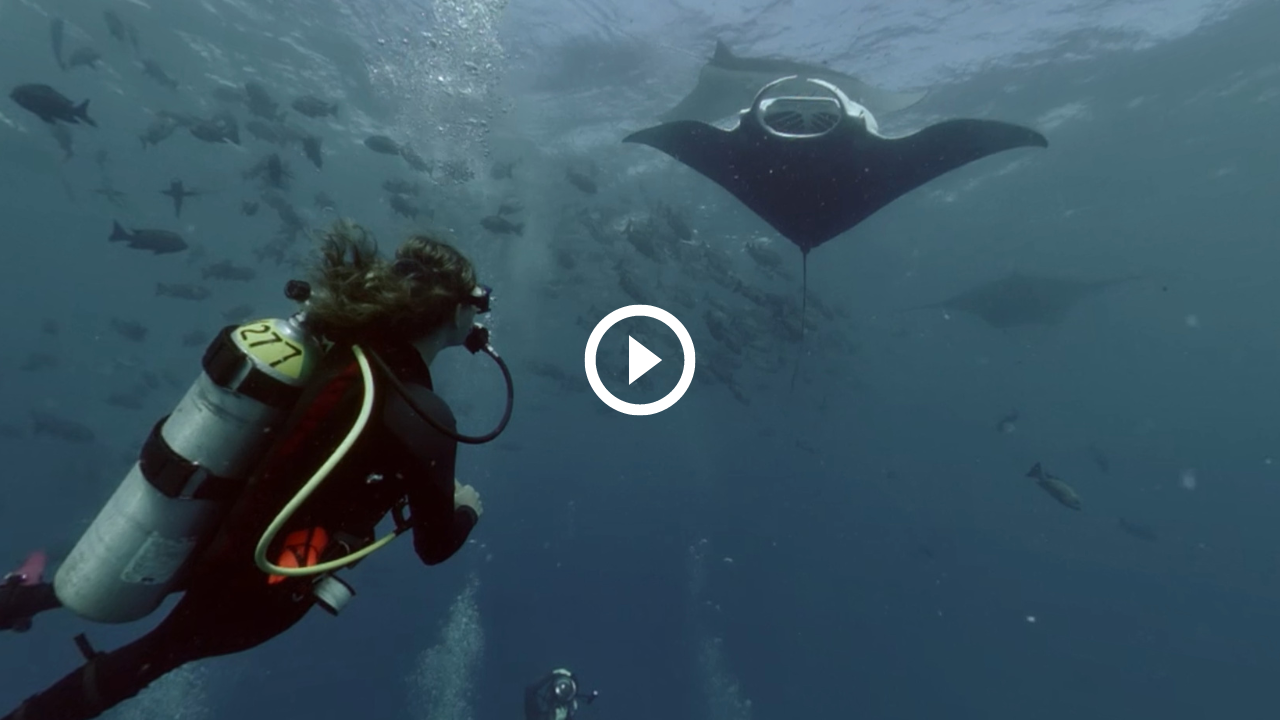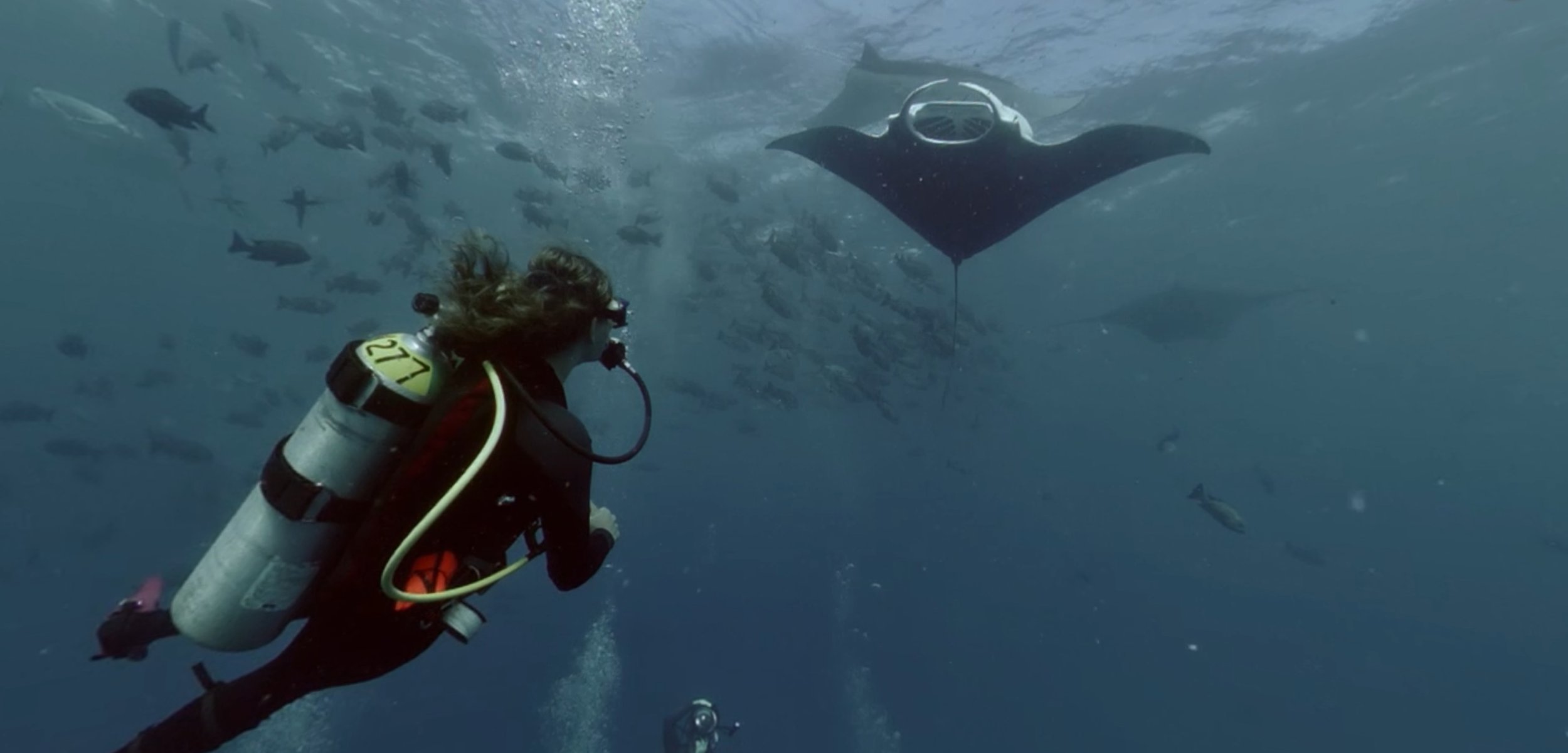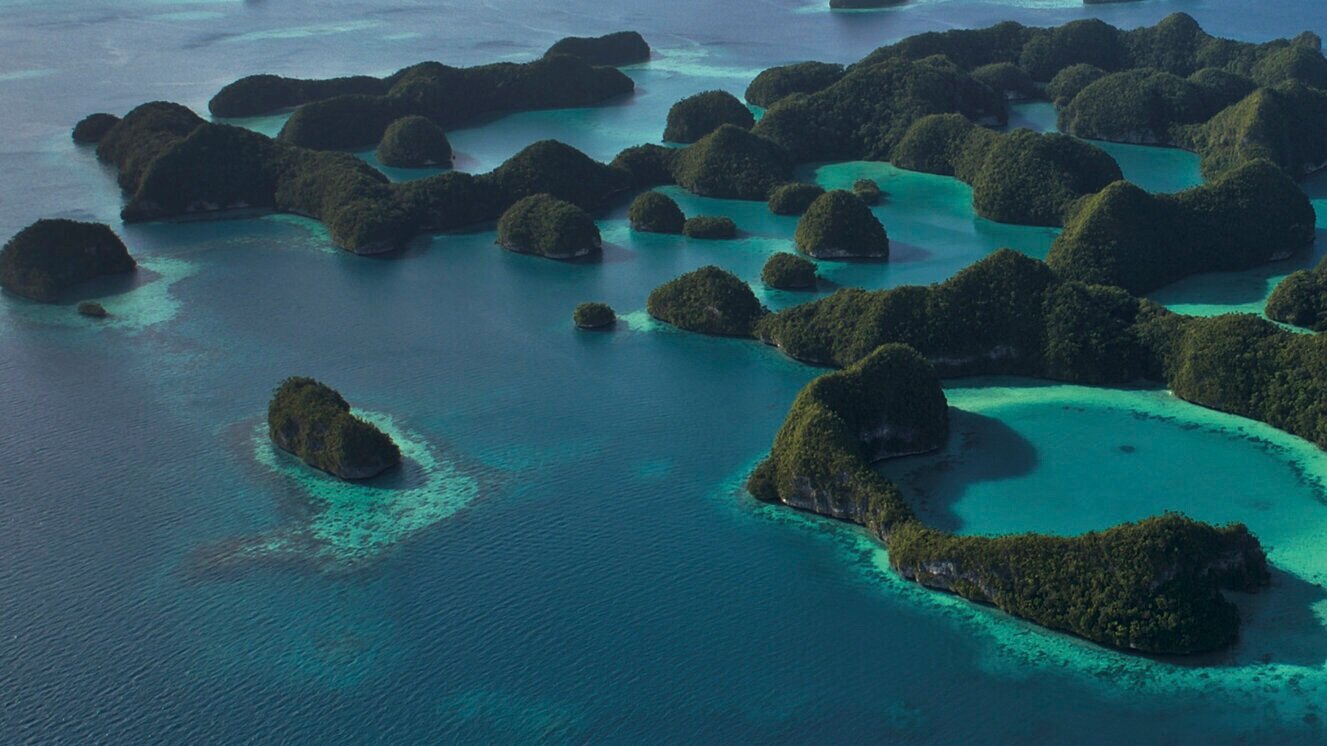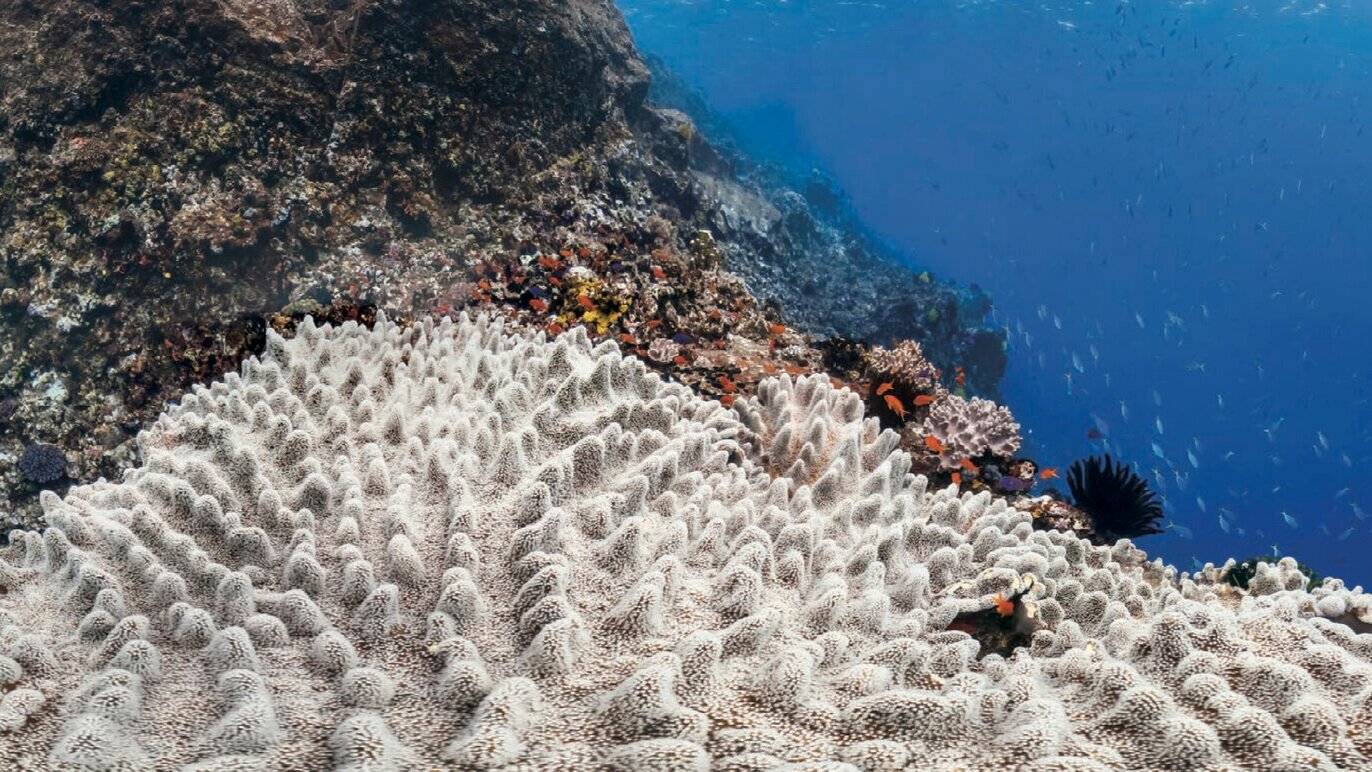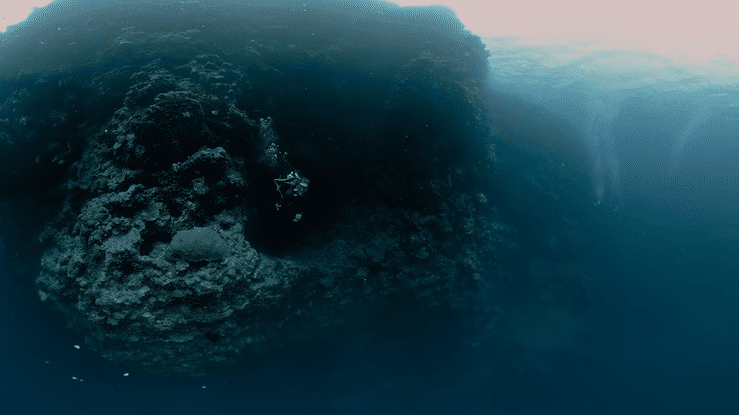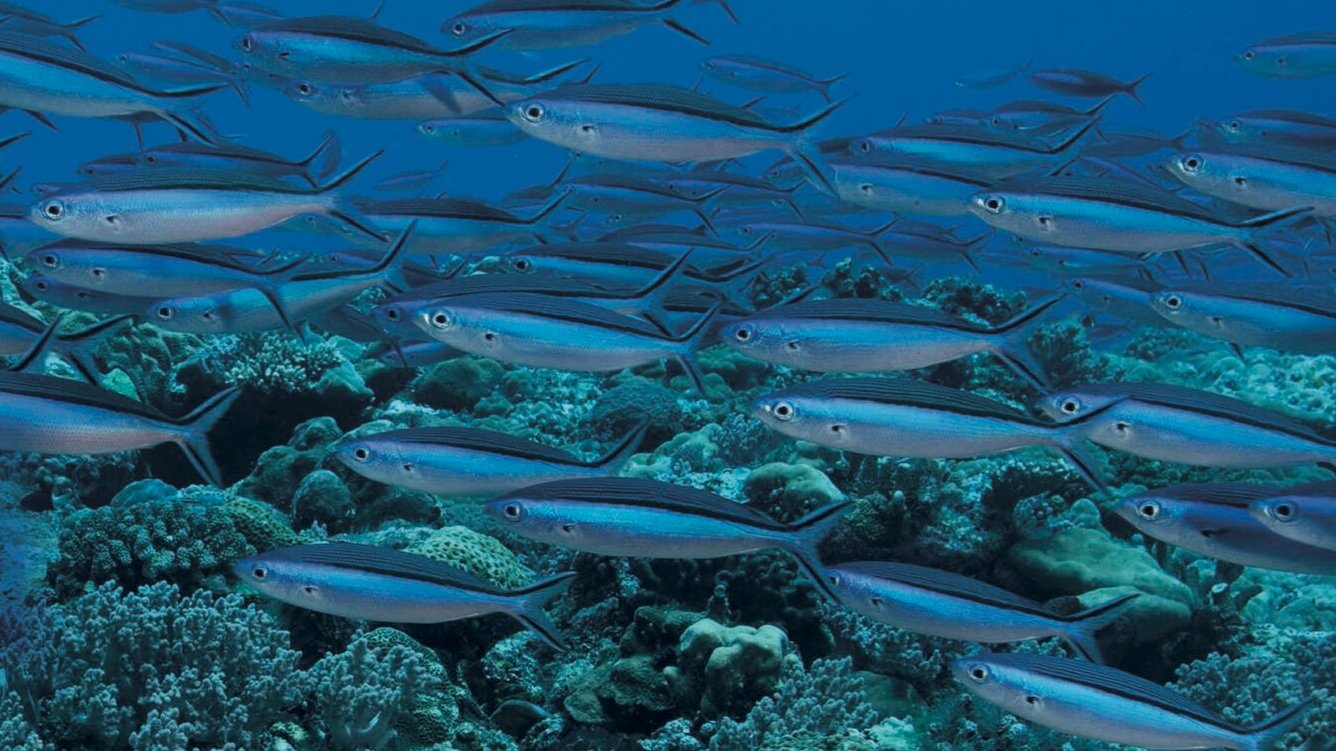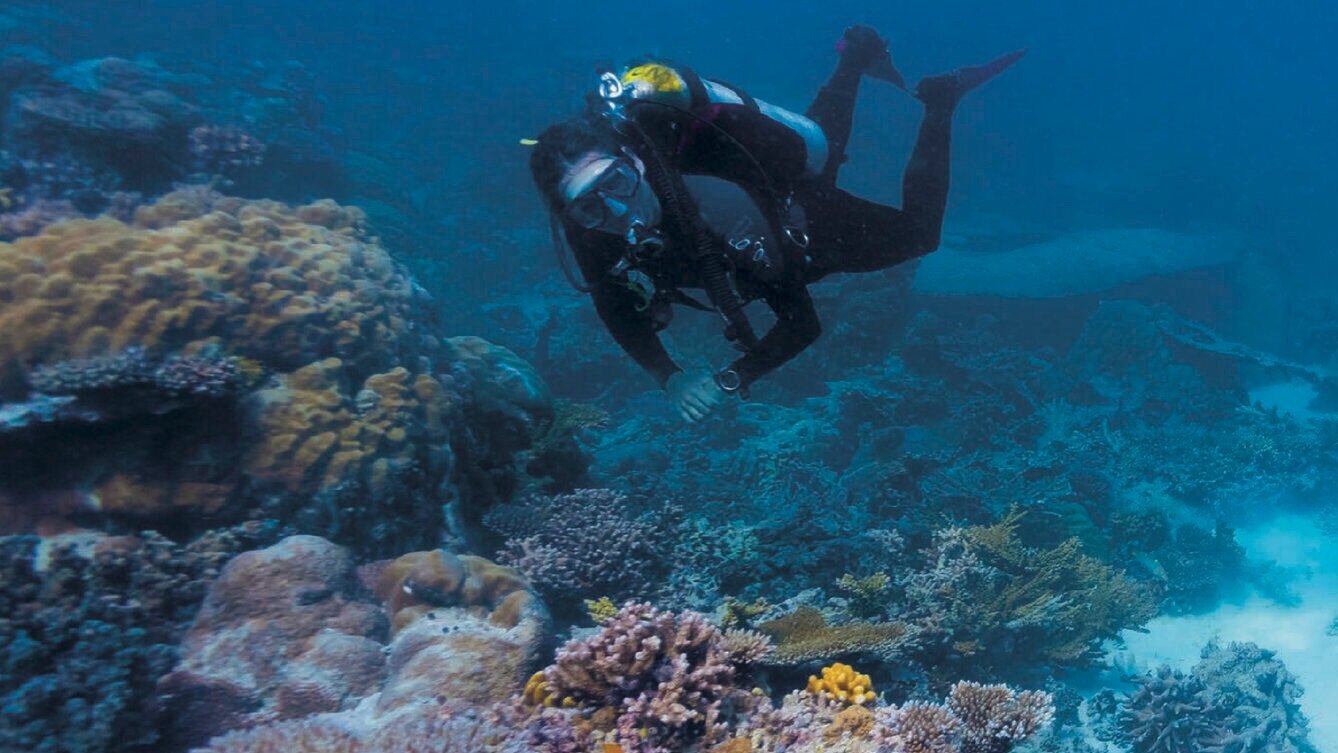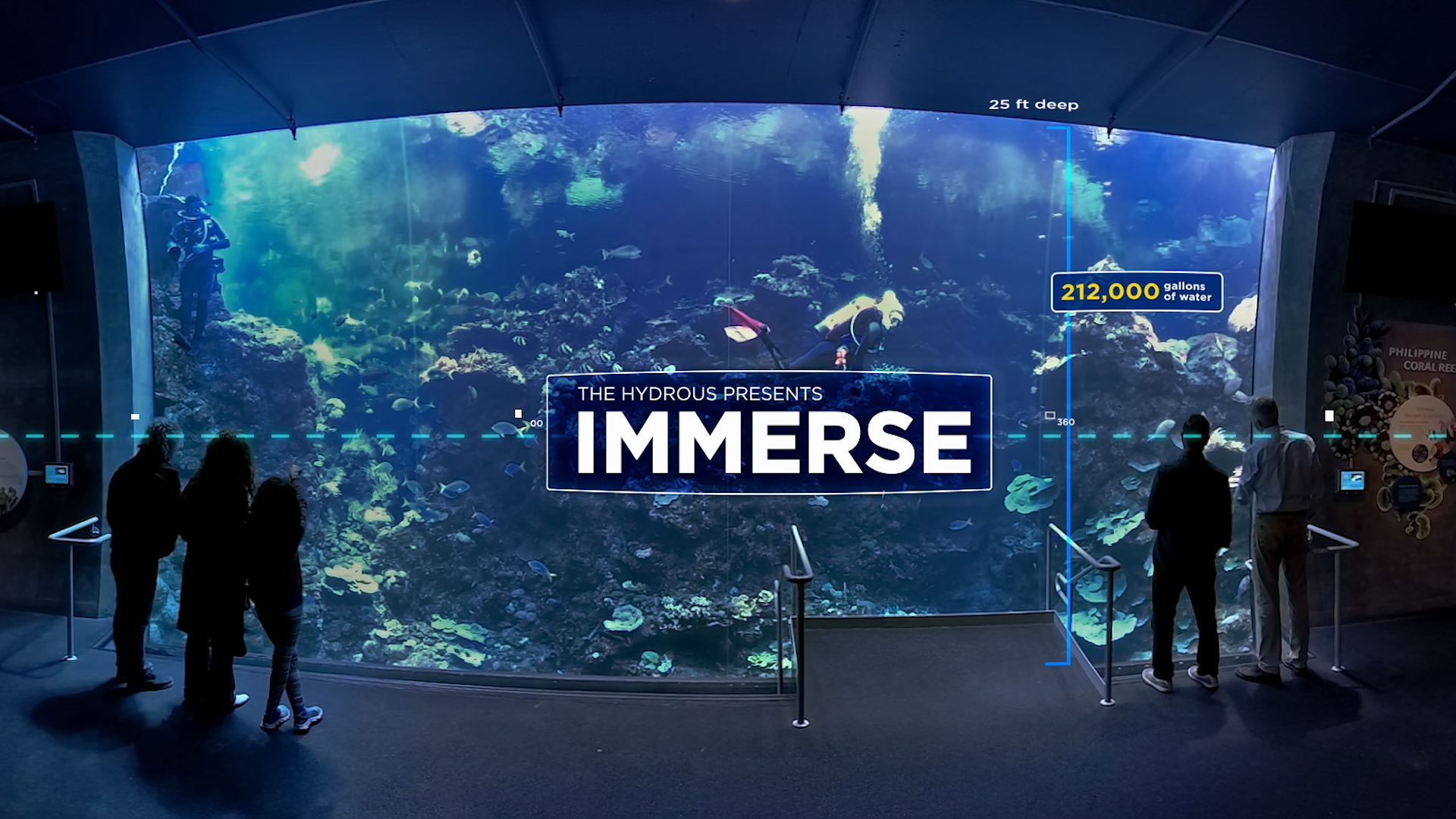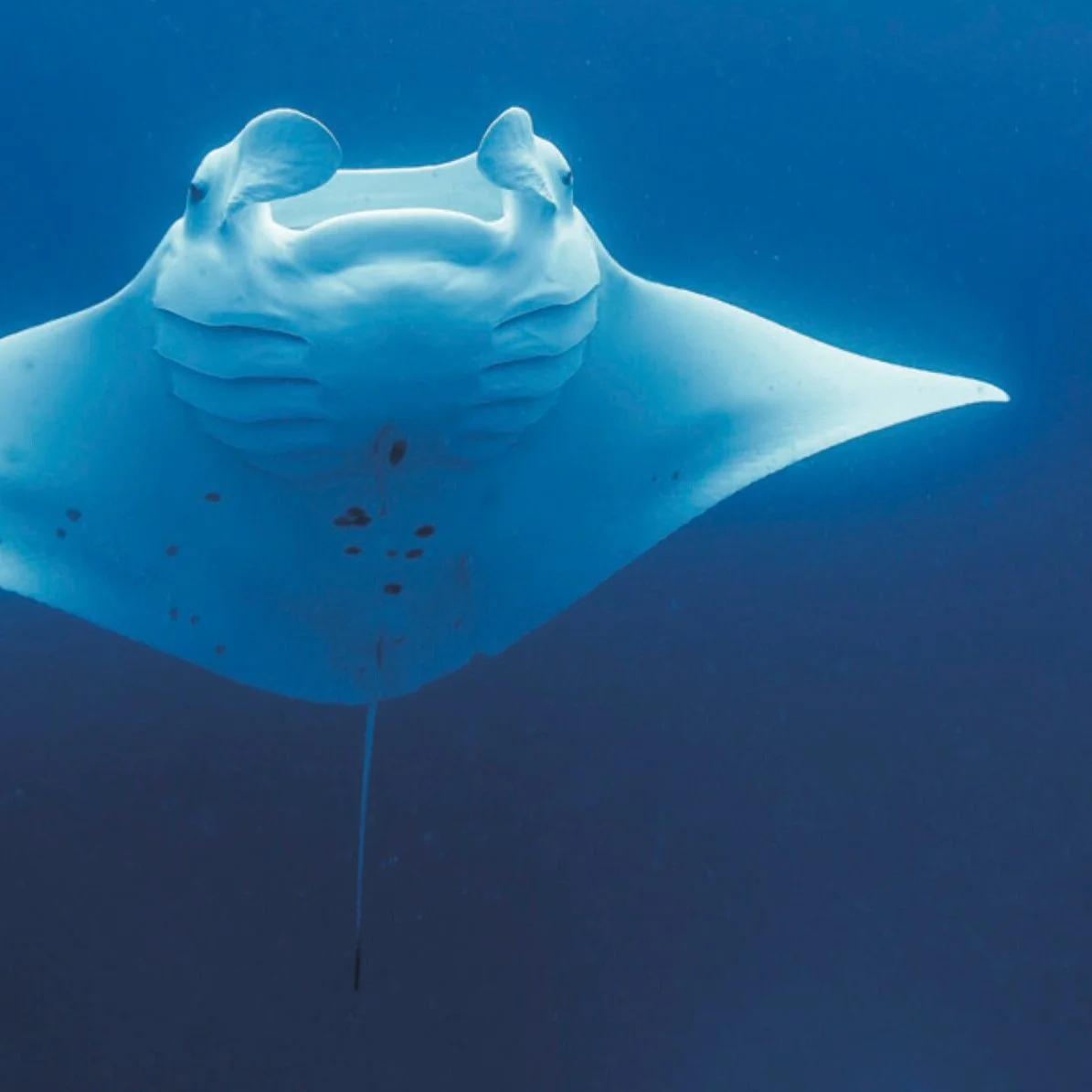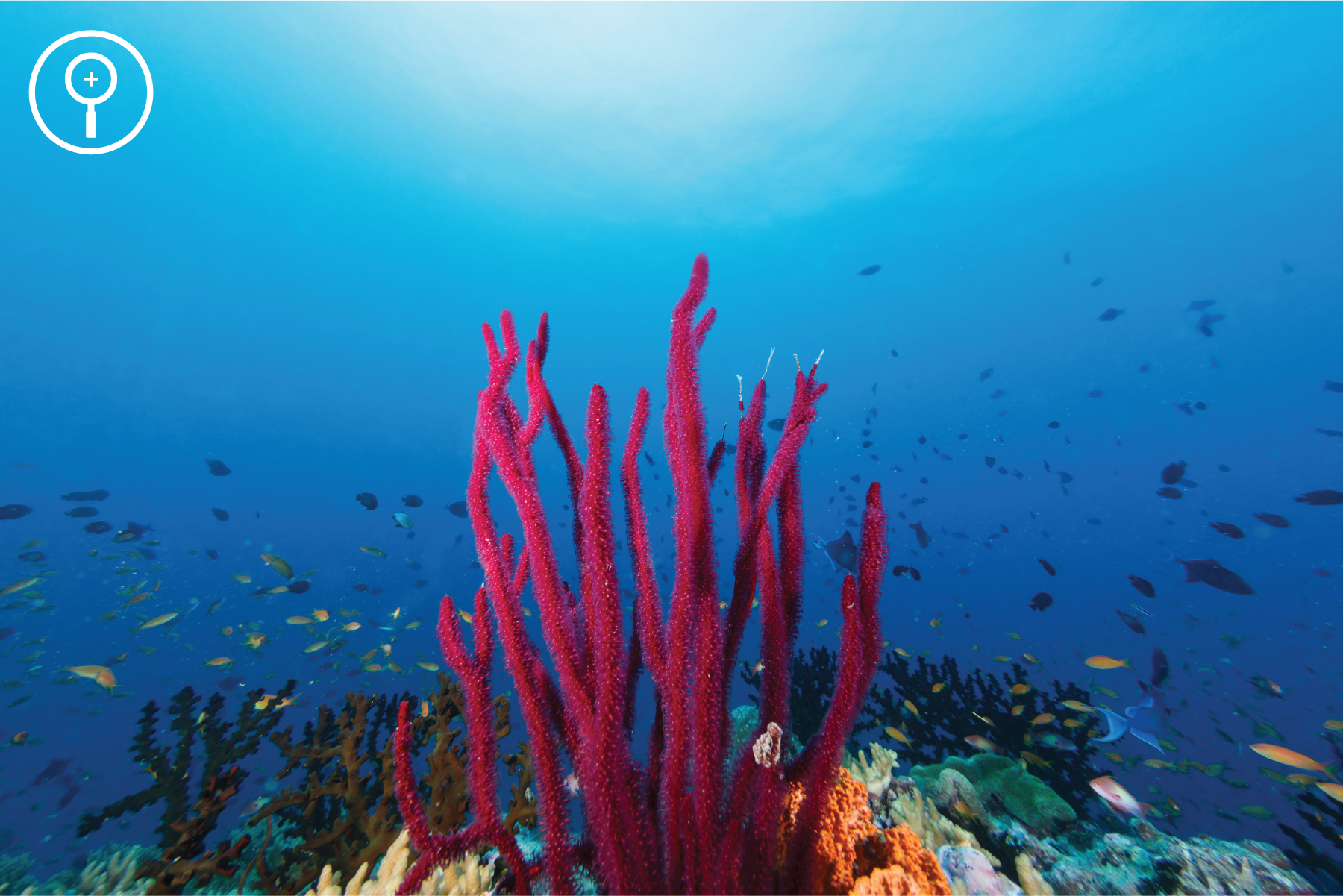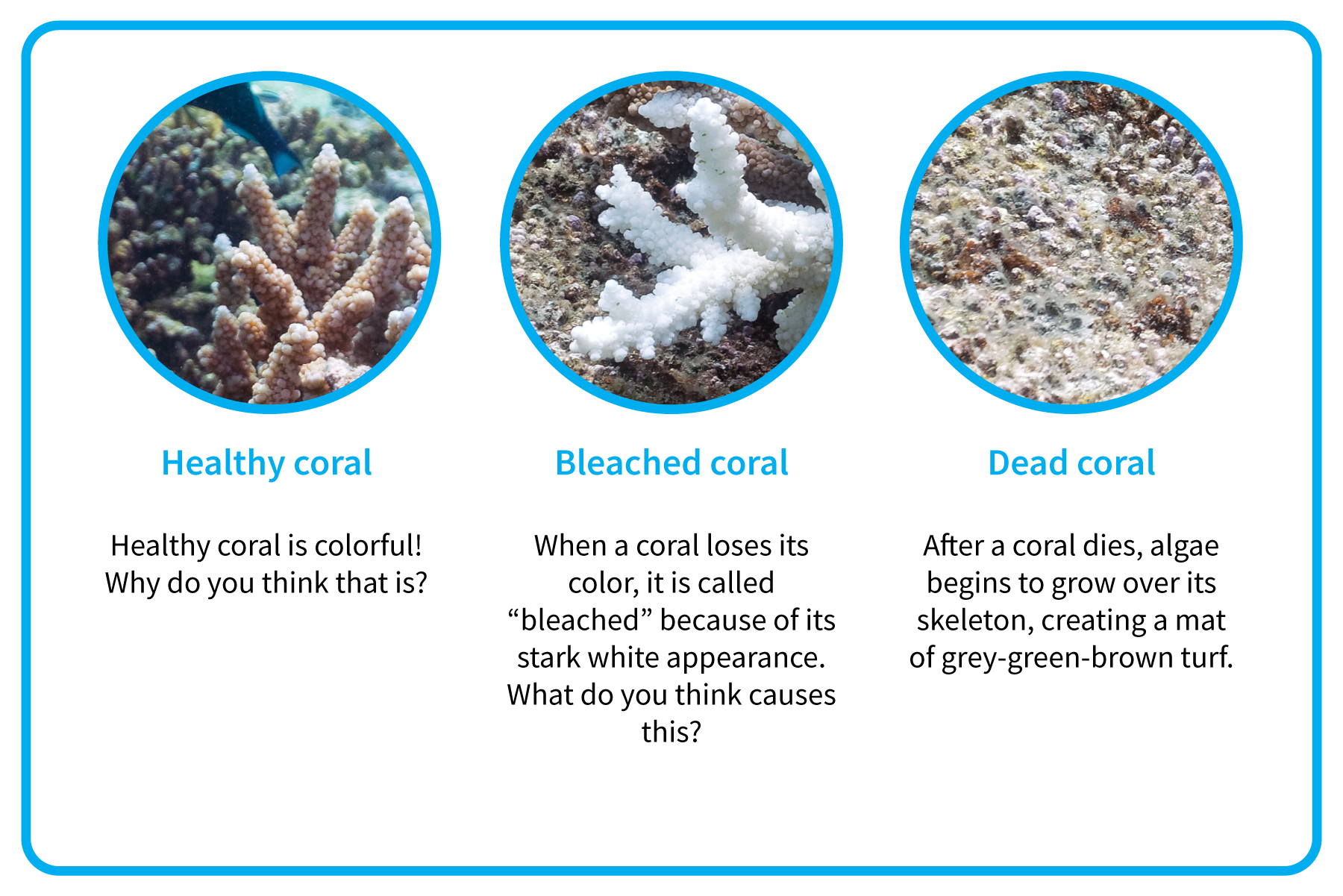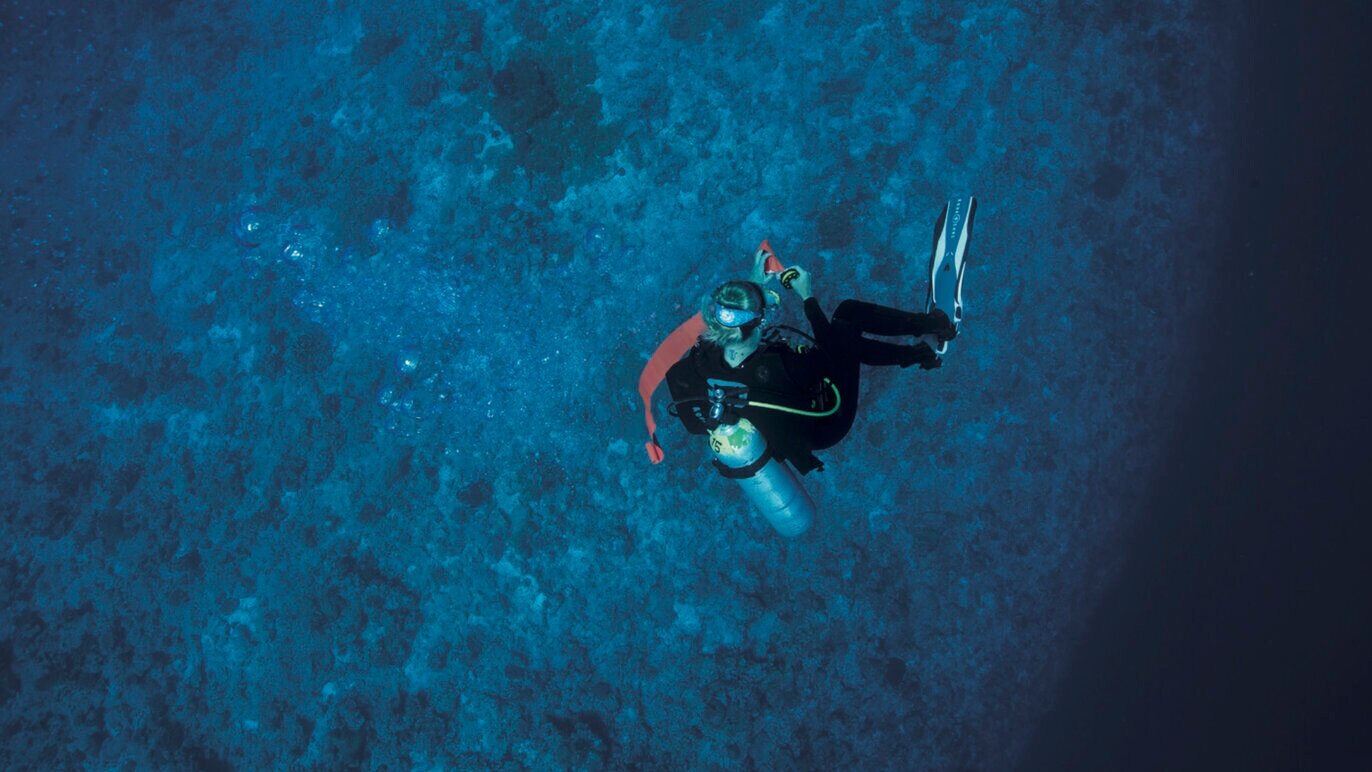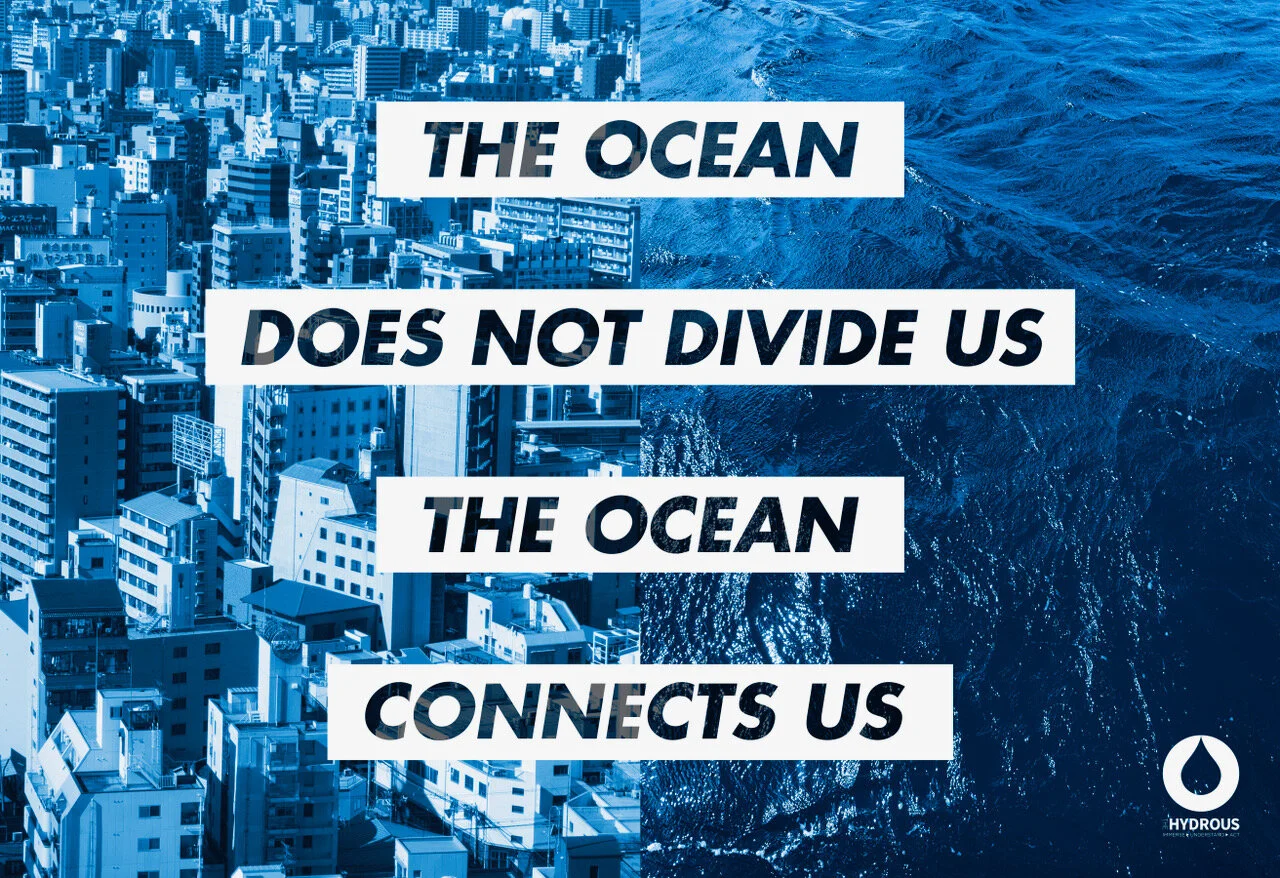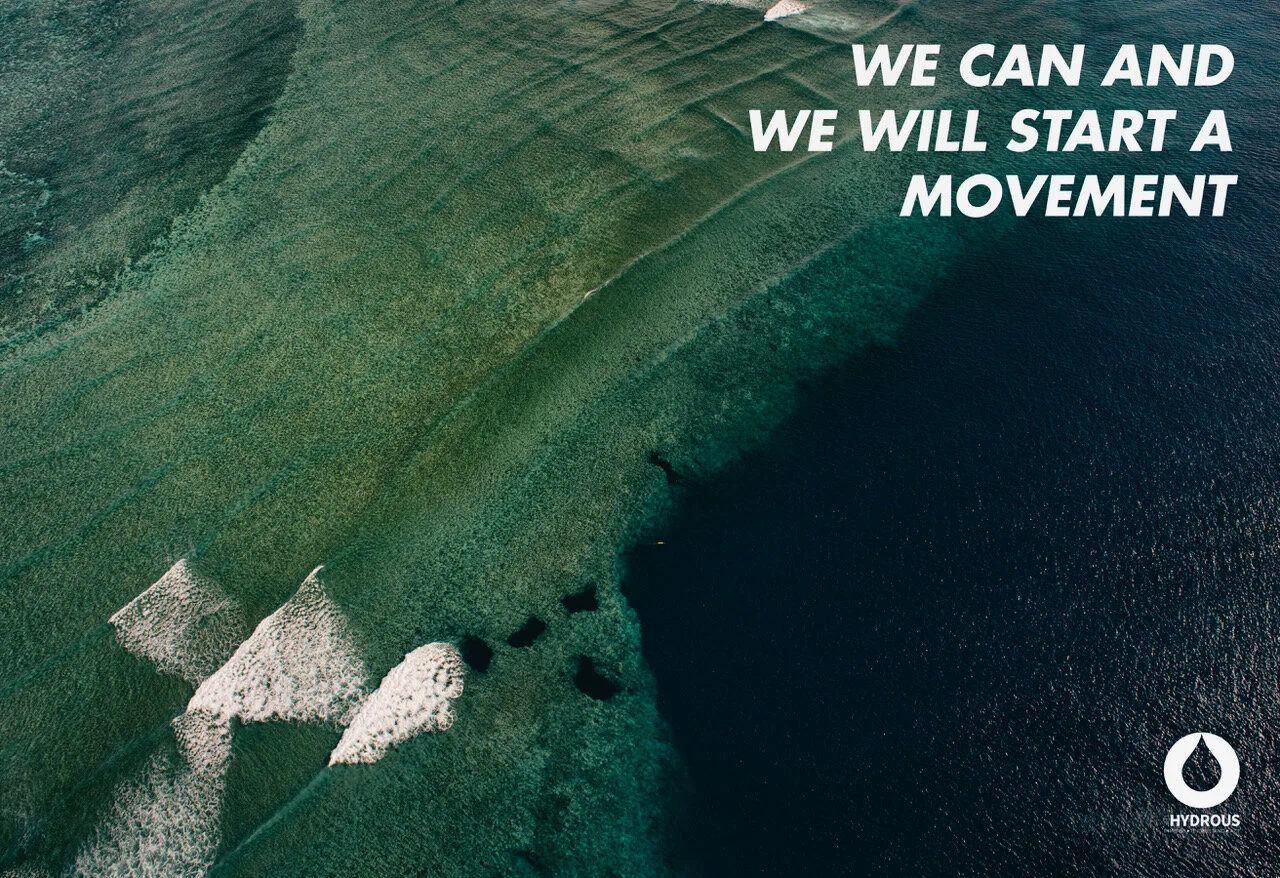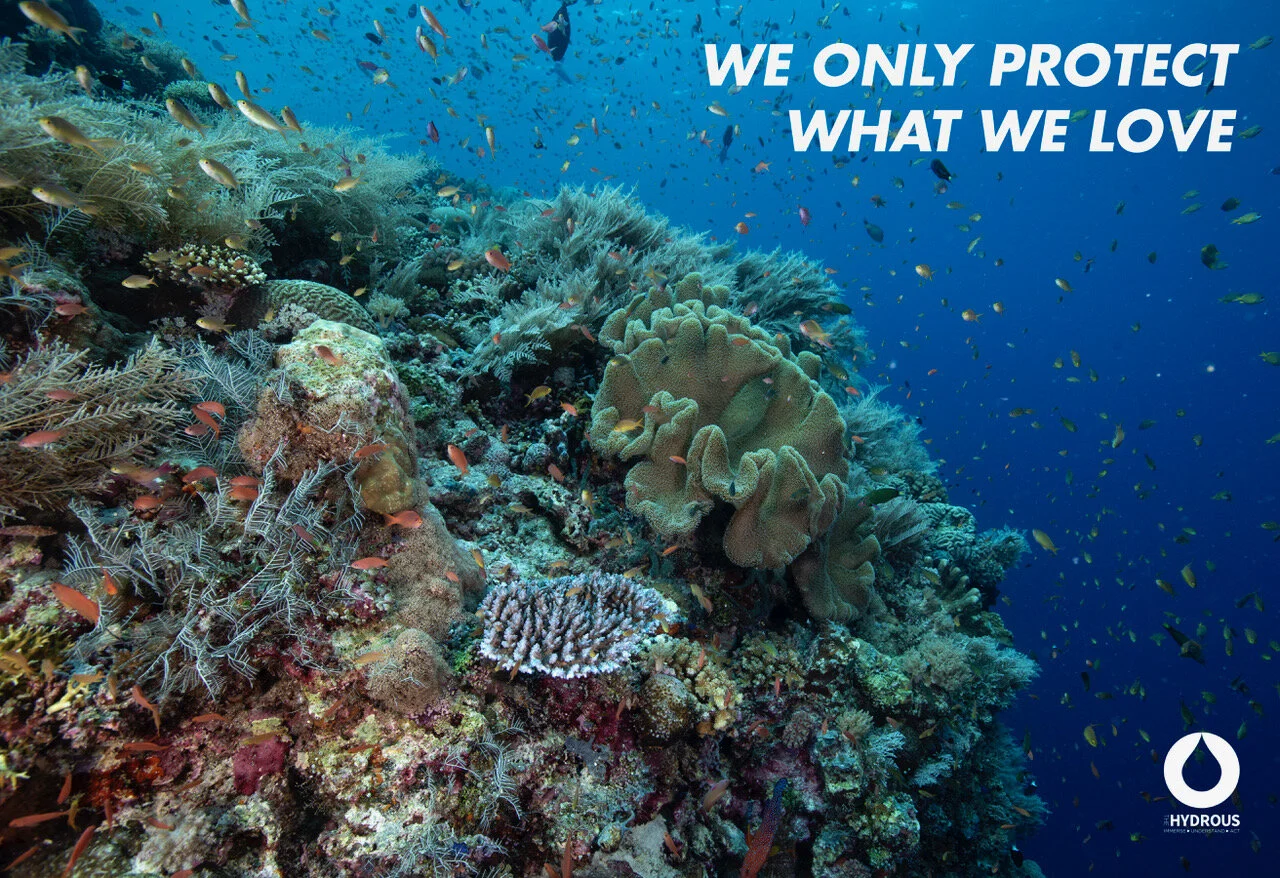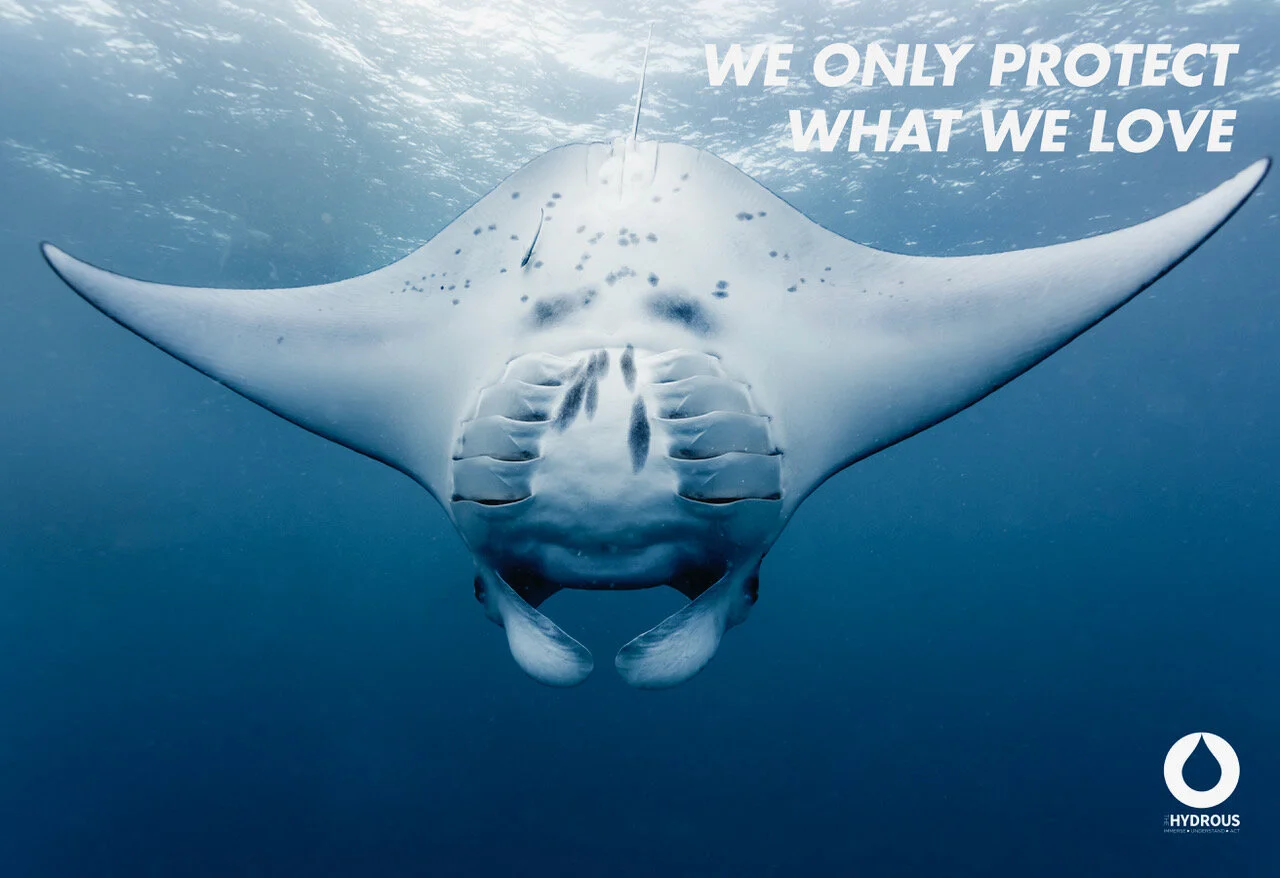The diversity of life in the ocean is like no terrestrial place on earth.
Biodiversity is the collection of life in all its shapes and forms. We depend on biodiversity for clear water and air, for food and medicine, and for the overall resilience of our planet. At the heart of all this biodiversity in the ocean is one of the most amazing ecosystems on our planet, coral reefs. When you look at a coral reef what you see is really cathedral like. It’s is a huge structure. Coral reefs, they compete for space, so they grow side by side, one on top of the other, they create more space for other organisms to live in.
Sadly biodiversity in our oceans is declining rapidly. We are losing species before we even discover them.

